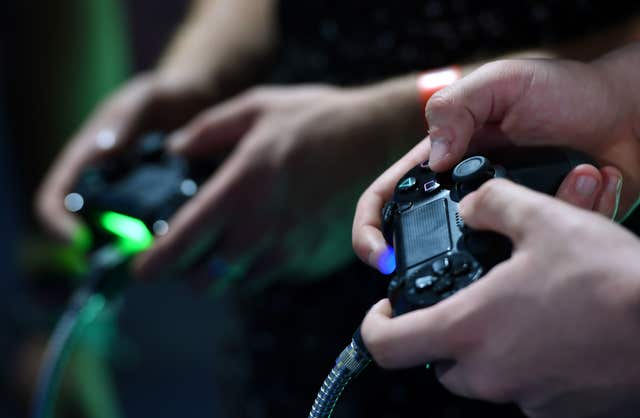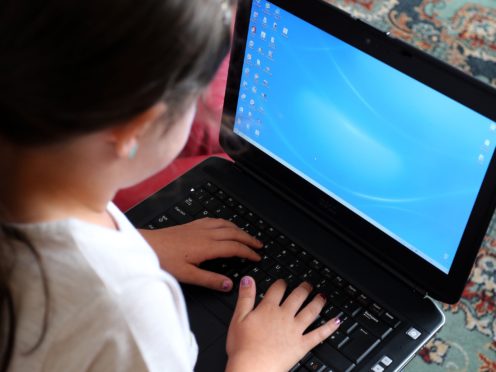Some 10% of the UK’s 13 to 18-year-olds have spent their pocket money on gambling “skins” – virtual items bought within video games – and a third think it is a major problem, research suggests.
Skins are used to decorate and customise weapons and although they rarely affect gameplay and are mainly aesthetic, a marketplace has developed where they can be traded due to their popularity.
A study by social enterprise Parent Zone found that for a large percentage of this age group, skin gambling is “very much part of their culture” with some “losing or winning staggering amounts of money in the process”.

Parent Zone surveyed 1,000 children and visited six UK secondary schools ahead of releasing its report in June, which detailed a “complicated ecosystem of games, sites and services that knowingly and unknowingly facilitate gambling with virtual currencies”.
As a result, it called for a special inquiry to identify ways in which the problem can be tackled, but said the issue is complex and will require payment processors, the gaming industry, the gambling regulator and the wider online gaming community to come together to resolve.
One boy, 13, told researchers how he had traded to earn £2,000 of skins, only to lose most of them gambling on third-party websites.
He said: “I sold my whole skin collection to gamble on the website but didn’t make money… I lost all my skins and left with worse skins.”
Here are some of comments from other children who spoke to researchers for the Parent Zone report.
– Boy, 14: “I’ve got a friend who tried one of the websites. He has a huge collection of skins for a game… £1,000 worth. He put £1 on it just to try it out and he wanted to do a bit more cos he lost and wanted to get it back. He lost again and wanted to get his £10 back. He ended up winning £750, but he’s really addicted to it. He’s 15.”
– Boy, 13: “(A skin) is basically just money… you can buy them with real money and you can sell them for real money, it’s just like kind of a… currency.”
– Boy, 15: “What people do is they put certain items up for sale and people can buy them for real money, so that means certain skins have a certain value associated with them… The gambling sites uses this monetary value of skins as currency on their websites.”
– Boy, 13: “There’s websites that gamble skins… You put them on these websites and then there’s a chance to get a better skin or a worse skin, and you can lose loads of money on there. That’s basically just gambling, they just cover it up… you use the skins instead of currency.”
